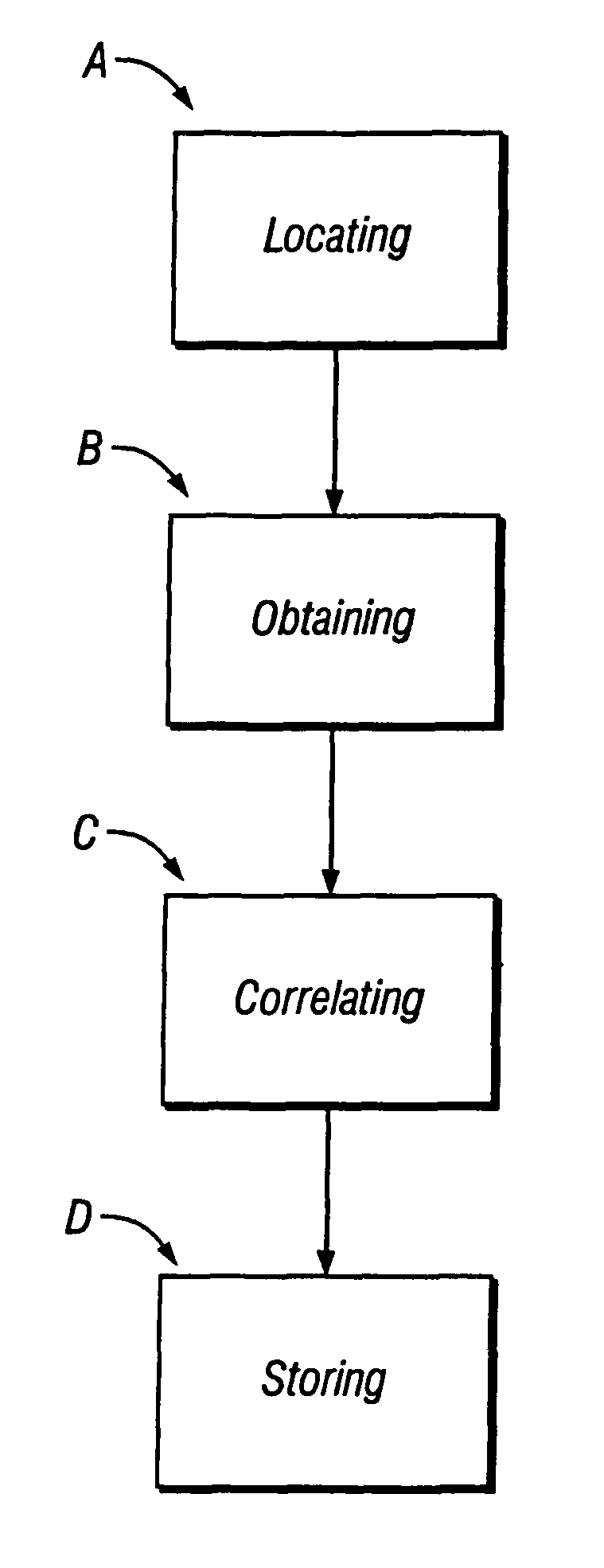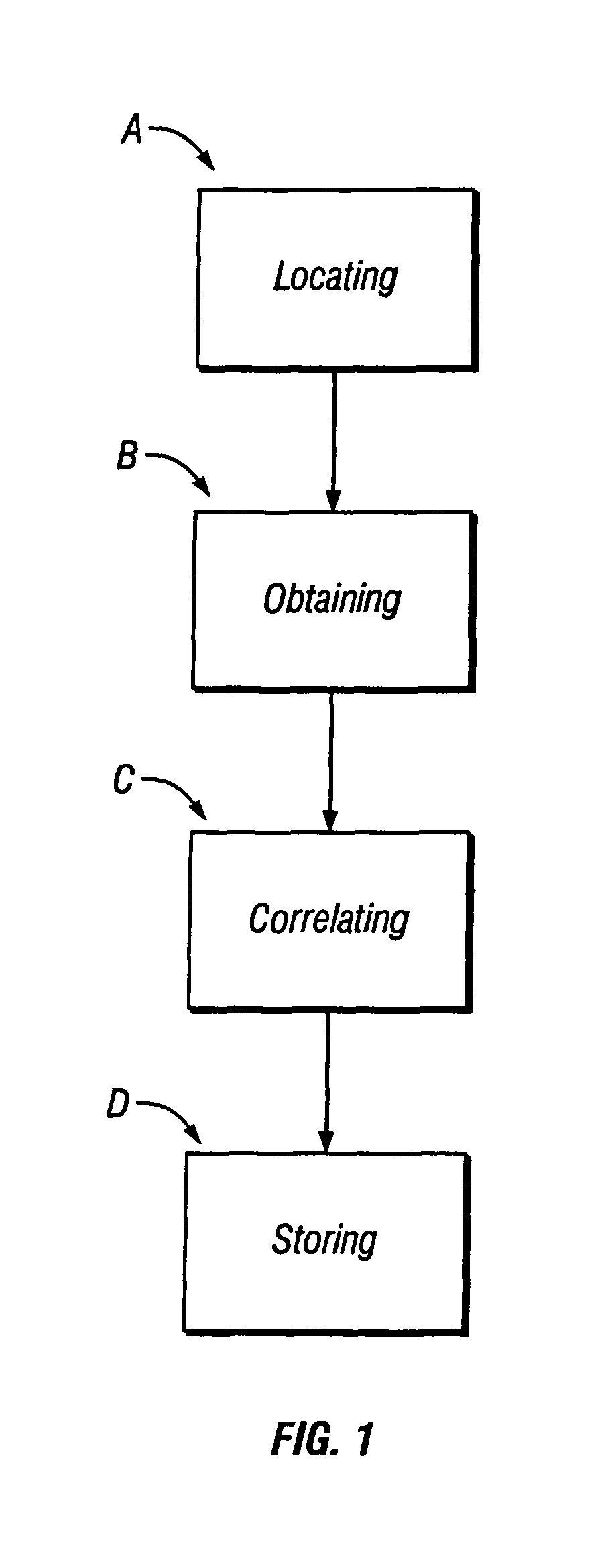System and method for plant identification
a plant identification and system technology, applied in the field of system and method for plant identification, can solve the problems of inability to easily manage information, inability to easily find plants, and inability to search blindly, so as to achieve the effect of reducing the problem and improving the resolution
- Summary
- Abstract
- Description
- Claims
- Application Information
AI Technical Summary
Benefits of technology
Problems solved by technology
Method used
Image
Examples
examples
[0080]The following examples are illustrative and not intended to be limiting of the invention.
[0081]Obtaining Images of Plant Species:
[0082]Various species of known or unidentified plants were collected. Different species of plants, including annuals, bulbs, grasses, groundcovers, perennials, scrubs, vines, and wildflowers were collected where feasible. Some species were photographed in the field. Others were brought to the studio—either as a whole plant or a branch cutting. Typically, when working in the field, the photographic equipment was brought to the plant. When photographing potted plants in the field, the plant may be brought to the photographic equipment set up at a central location.
[0083]Photographic images for various components, views and profiles were obtained for a particular plant specimen. Depending on the nature of the specimen, a complete plant profile may be obtained or only certain limited views or profiles of the specimen may be obtained. A complete plant prof...
PUM
| Property | Measurement | Unit |
|---|---|---|
| morphology | aaaaa | aaaaa |
| color | aaaaa | aaaaa |
| physical traits | aaaaa | aaaaa |
Abstract
Description
Claims
Application Information
 Login to View More
Login to View More - R&D
- Intellectual Property
- Life Sciences
- Materials
- Tech Scout
- Unparalleled Data Quality
- Higher Quality Content
- 60% Fewer Hallucinations
Browse by: Latest US Patents, China's latest patents, Technical Efficacy Thesaurus, Application Domain, Technology Topic, Popular Technical Reports.
© 2025 PatSnap. All rights reserved.Legal|Privacy policy|Modern Slavery Act Transparency Statement|Sitemap|About US| Contact US: help@patsnap.com



